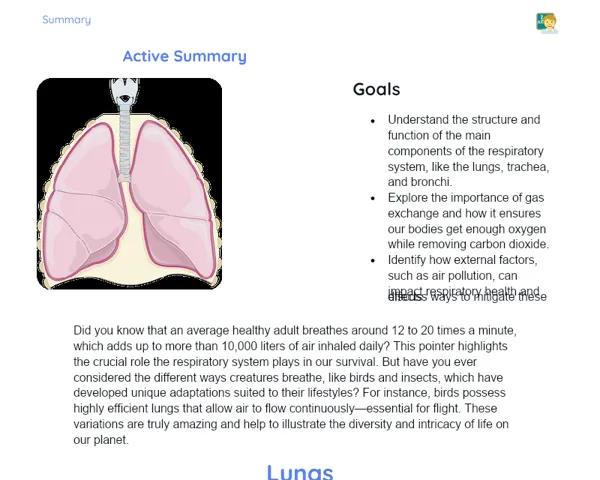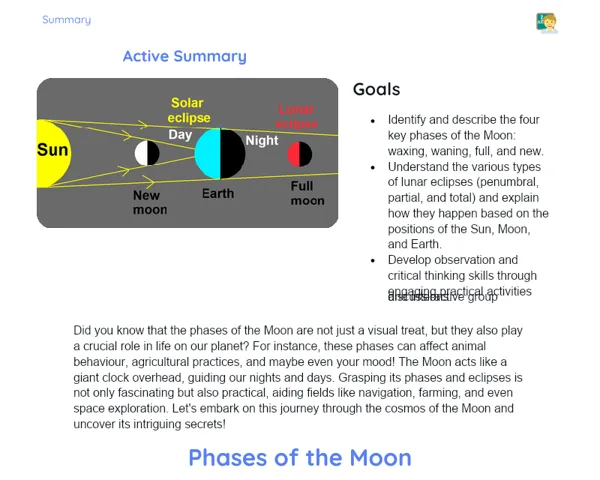Goals
1. Understand the concept of the greenhouse effect and why it's vital for life on our planet.
2. Identify the main sources of greenhouse gases that result from human activities.
3. Analyze the consequences of the enhanced greenhouse effect due to human actions.
Contextualization
Picture a scorching summer morning where the heat is so overwhelming that it leaves you gasping for breath. This extreme situation could become our reality if we don’t grasp and take action against the greenhouse effect—a natural process that is being worsened by human behaviour. While the greenhouse effect is important for maintaining the Earth’s warmth to support life, the excessive rise of gases like carbon dioxide (CO2) and methane (CH4) is causing our planet to heat up, leading to severe climate fluctuations. For instance, the melting of ice caps is elevating sea levels, endangering coastal cities and vital ecosystems.
Subject Relevance
To Remember!
Concept of the Greenhouse Effect
The greenhouse effect is a natural occurrence wherein specific gases in Earth's atmosphere retain some of the heat emitted from the planet's surface, making it warm enough to sustain life. These gases, termed greenhouse gases (GHG), encompass carbon dioxide (CO2), methane (CH4), nitrogen oxides (NOx), and water vapor (H2O).
-
The greenhouse effect is essential for life on Earth, as it maintains temperatures within a zone conducive to habitation.
-
Without the natural greenhouse effect, our planet would be far too cold to support most living organisms.
-
Greenhouse gases trap heat in the atmosphere, stopping it from escaping into space.
Sources of Greenhouse Gases from Human Activities
Human actions have drastically boosted the levels of greenhouse gases in the atmosphere, mainly through burning fossil fuels, deforestation, and inefficient farming practices. This creates an artificial enhancement of the greenhouse effect, contributing to global warming and climate change.
-
Burning of fossil fuels: Vehicles, factories, and power generation plants are significant contributors of CO2.
-
Deforestation: Cutting down forests reduces the ability of plants to absorb CO2, raising its levels in the atmosphere.
-
Agriculture: Certain farming methods, like livestock rearing, release methane (CH4) and nitrogen oxides (NOx).
Consequences of Increased Greenhouse Effect
The rise in the greenhouse effect, sparked by human actions, is causing sweeping climate changes, such as increased global temperatures, rising sea levels, and extreme weather patterns. These changes have serious implications for ecosystems, economies, and public health.
-
Increase in global temperature: The Earth's overheating is leading to habitat destruction and species extinction.
-
Rising sea levels: The melting of polar ice caps and glaciers poses a risk to coastal regions.
-
Extreme weather events: Hurricanes, floods, and heatwaves are becoming more frequent and severe.
Practical Applications
-
Environmental Engineering: Development of tech to reduce greenhouse gas emissions, such as carbon filters and renewable energy systems.
-
Public Policy: Formulation of regulations and laws to control pollution and promote sustainable practices.
-
Energy Companies: Investing in renewable energy sources like solar and wind to decrease reliance on fossil fuels.
Key Terms
-
Greenhouse Effect: A natural occurrence that retains heat in the Earth’s atmosphere, crucial for life.
-
Greenhouse Gases (GHG): Gases that contribute to the greenhouse effect, such as CO2, CH4, NOx, and H2O.
-
Global Warming: The increase in the Earth's average temperature due to rising greenhouse gas levels.
-
Climate Change: Significant shifts in global climate patterns as a result of global warming.
Questions for Reflections
-
How do your everyday activities, like commuting and power usage, add to the increase in the greenhouse effect?
-
What minor changes in our daily routines could help diminish greenhouse gas emissions?
-
What potential solutions and technologies could be introduced in the future to alleviate the impacts of climate change?
Monitoring Your Carbon Footprint
A hands-on challenge aimed at helping students realize how their daily actions influence the greenhouse effect.
Instructions
-
For a week, keep a record of all your activities involving energy consumption (like transport, electronics, etc.).
-
Use an online calculator to estimate the CO2 emissions resulting from these activities.
-
Contrast your results with global averages to gauge your impact.
-
Identify three actions you can undertake to lower your carbon footprint and put them into practice.
-
Compile a brief report detailing your findings and the changes you implemented.



